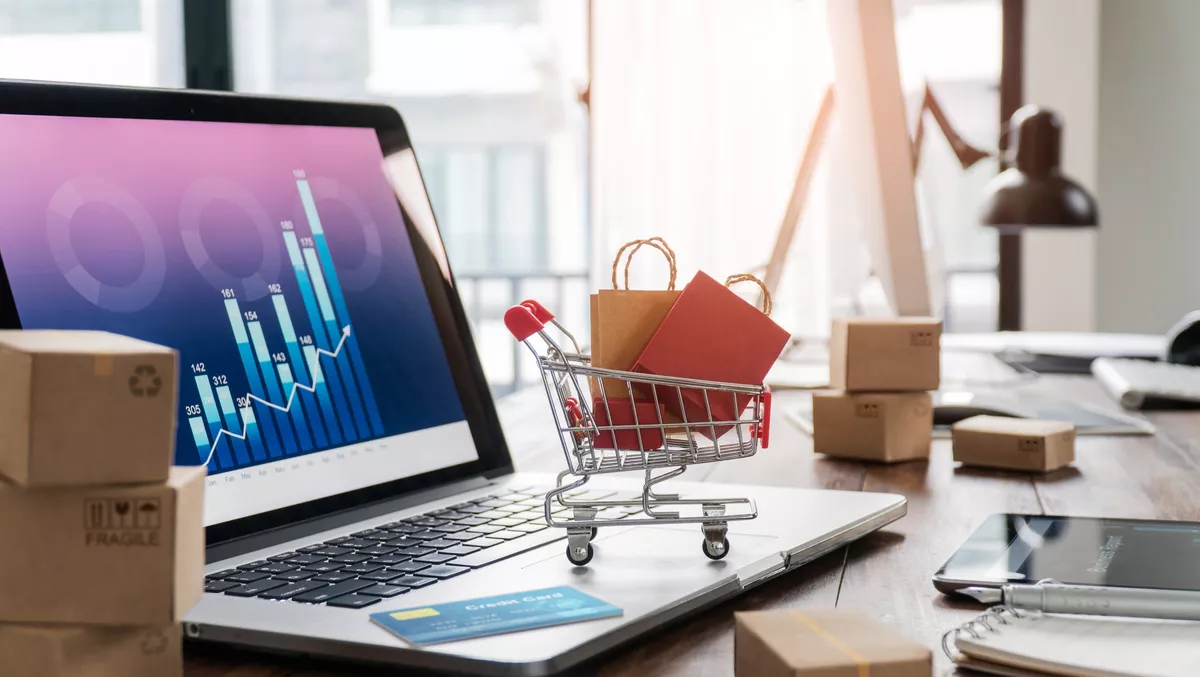
Zero party data and the new era of 'relationship marketing'
The ideal way to engage consumers is through real-time, hyper-personalised experiences, a new eConsultancy report, in partnership with Cheetah Digital reveals. The report, '2022 Digital Consumer Trends Index: Consumer Attitudes and Trends in Personalisation, Privacy, Messaging, Advertising and Brand Loyalty', indicates that consumers across Australia interact with a brand on multiple channels, often unpredictably.
Speaking with Paula Thomas on her weekly podcast "Let's Talk Loyalty", Cheetah Digital's VP of content and data, Tim Glomb broke down key takeaways from the report, delving into consumer attitudes towards personalisation, privacy, messaging, and brand loyalty in the APAC region.
Relationship marketing beyond the cookie
The insights that really struck Paula in the report were the responses around consumer data privacy. "When I saw that consumers were investing and spending so much money to protect their privacy on things like incognito browsing, PC cleaners and premium blogging software, I was shocked," she says.
In the APAC report, incognito browsing shot up 50% this year compared to last. "It's like a revolt of sorts," Tim points out. "For years, marketers got fat on cookie technology. We embraced technology that made us lazy marketers, putting the creative to the side and focusing solely on sales goals. And consumers are over it. They're done. They don't care about your marketing plan.
The sooner marketers understand that and start building relationships, Tim says, the better. "Relationship marketing needs a kick in the pants this year. It's time for us to get back to the way we communicate as humans and build relationships. We need to start doing that with our audiences at scale.
As browsers like Google cement their plans to comprehensively curtail third-party cookie tracking and consumers get more proactive about protecting their online privacy, marketers must shift to a first-party and zero-party data strategy to power their advertising and marketing initiatives. In addition, they must gain permission from their customers or risk being labelled as "creepy".
Paula says it's a fine line between what's okay to use and what's downright creepy. "I was recently speaking with a friend about a cold sore she had. And immediately, I started getting ads for herpes creams on my mobile phone. It was distressing," she shares.
Tim says things like that happen all too often. Cheetah Digital's report revealed that more than half of Australian consumers (69%) believe cookie tracking is creepy. "There is a better way and that's permission-based marketing. It isn't rocket science. In fact, it should be common sense," he says.
"But the data continues to show that, year over year, people are getting increasingly frustrated with those types of tactics," he says. "Marketers need to take note and leave those tactics to the real spies of the world. They need to get on with building better relationships.
The power of personalisation
It turns out that greater personalisation yields return-on-investment (ROI) and long-term consumer excitement. But it's important to get it right. "If you can personalise at scale, you're not really doing what consumers expect," Tim says. "Our report shows a 110% lift in people wanting to be treated as an individual, which really cements Cheetah Digital's strategy and investment into personalisation engines.
"People want to have a voice. They want to be recognised, and they want to be given recognition for their allegiance and loyalty to brands. The data speaks for itself — it's not me saying you have to personalise; it's almost 5,000 people telling you that.
Before anything else, marketers need to create a strategy that involves getting closer to their customers. Customers are saying, 'We're happy to provide our data and sign up to your marketing program in exchange for relevant offers sent directly to me.'
Email continues to reign supreme
As the third-party cookie continues to crumble, one of the biggest revelations for marketers has been the sheer fact that relationship marketing doesn't have to cost an arm and a leg. Contests and sweepstakes, for example, are cost-effective methods of engagement.
Email also remains an incredibly effective tool for marketers to harness. According to the report, 41% of people globally had made a purchase from an email in the last 12 months — a 16% increase from 2021. "Email remains the number one driver," Tim says.
"Email beats out banner ads, social posts and other channels for driving commerce. And it's been around forever. Email is a staple, and it's something every brand needs to have for a robust strategy.
Welcome to the new era of relationship marketing
Relationship marketing becomes simple when marketers realise that people just want to be treated as individuals. The days of batch and blast emails are long gone. In fact, the report revealed that there has been a near 50% increase in Australian consumers who feel frustrated with a brand that does not recognise their unique desires and needs in its personalisation strategies.
But at the same time, Tim points out that consumers aren't demanding to be recognised for every single transaction either. Instead, they want to be recognised for the things they do with the brand, like going to events, engaging on social or visiting the store.
This year's report also highlighted that consumers want to feel like they're part of a community. In the value exchange economy, Australian consumers are rewarding brands that prioritise personalisation, with just over half (52%) saying they will trade personal and preference data to feel part of a brand's community.
"For a brand, that means creating a forum for customers to engage and get to know each other," Tim says. "Brands can create value in more ways than points alone. Upgrades are great, but they're not enough if you aren't providing a sense of community and recognising individual actions too.
Paula agrees, adding the importance of innovative loyalty. "With more of that, the whole industry will flourish," she says. "Consumers will increase their levels of engagement once they have an opportunity to connect with a brand.

